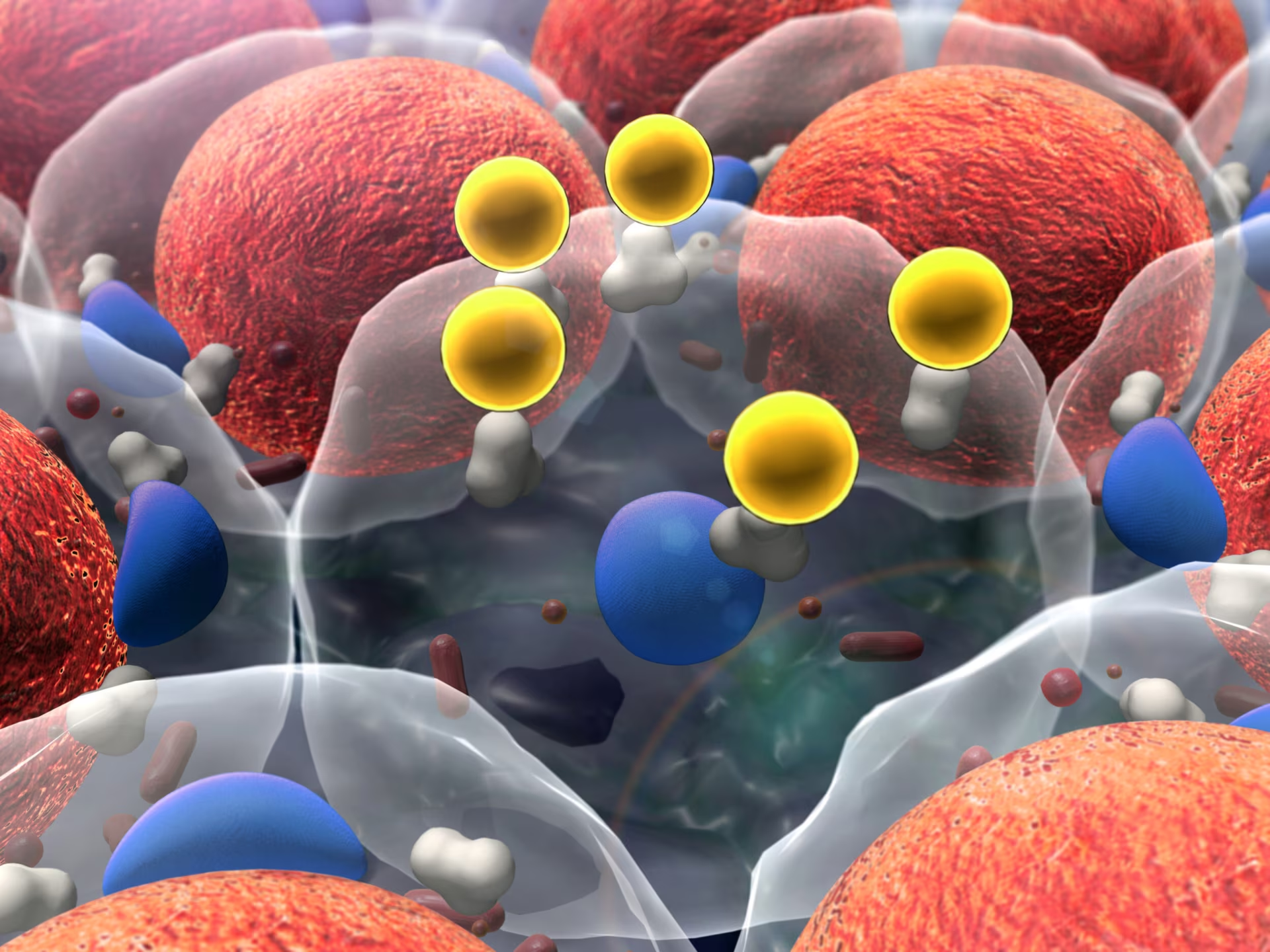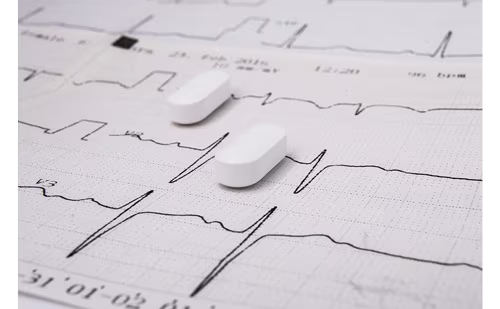Estimated glomerular filtration rate
Chronic kidney disease (CKD) is a major public health problem throughout the world. A large body of literature demonstrates that estimated glomerular filtration rate (eGFR) is a powerful predictor of adverse clinical outcomes such as overall mortality, cardiovascular events and progression to kidney failure. Most studies, however, have focused primarily on people with reduced eGFR, which is a cardinal manifestation of CKD.1 Recent studies have shown that there is a ‘U’-shaped relationship between eGFR and risk of all-cause death. Elevated glomerular filtration rate (hyperfiltration) is observed in patients with hypertension, type 1 and type 2 diabetes, and is also seen in patients with pre-diabetes conditions, such as metabolic syndrome. Both vascular and tubular factors likely contribute to the pathogenesis of hyperfiltration. Hyperfiltration is hypothesized to be a precursor of intraglomerular hypertension leading to albuminuria. Persistent hyperfiltration is an independent risk factor for accelerated renal function loss and development or progression of nephropathy.2 A recent meta-analysis demonstrated that when the eGFR was >105 ml/min/1.73m2 there was an increased risk of cardiovascular mortality, coronary heart disease (CHD), stroke, and heart failure, which was especially evident in individuals with diabetes and hypertension.3 A prospective cohort study showed that an eGFR of 90–119 ml/min alone was associated with a 72% increase in overall mortality and when coupled with albuminuria (albumin-to-creatinine [ACR] 80 mg/g), it soared to 395%.4 These findings provide strong evidence that hyperfiltration is a pathologic state—an increase in eGFR from baseline rather than a ‘healthy’ eGFR.
Albumin-to-creatinine ratio
So, what is albuminuria? An elevated urinary albumin excretion is a marker of endothelial dysfunction that symbolizes the kidney’s way to translate the existence of vascular damage. Albuminuria is an independent risk factor for progression of CHD and stroke in men and women with diabetes or hypertension, the general population, and those with established CHD.5 The American Diabetes Association (ADA) and the National Kidney Foundation define an ACR <30 mg/g as normal albuminuria, between 30 and 300 mg/g as microalbuminuria, and >300 mg/g as macroalbuminuria, in both men and women. These definitions do not take into account sex differences in creatinine excretion, and several researchers have advocated sex-specific cut-off points of the ACR. Three landmark studies, the Losartan Intervention for Endpoint (LIFE) study, the Heart Outcomes Prevention Evaluation (HOPE) study, and the Nord-Trøndelag Health (HUNT II) study showed that increased albumin excretion, even at nearly ‘normal’ levels were associated with increased CHD mortality and stroke. An ACR >5 mg/g increases cardiovascular mortality, heart failure, CHD, and stroke.6 The risk gradient was steeper for cardiovascular mortality and heart failure than for CHD and stroke, a pattern consistent with other studies.3 The Framingham Heart Study showed a threefold risk for developing CHD when the ACR was >3.9 mg/g in men and >7.5 mg/g in women.7 This growing body of evidence challenges the notion that ACR <30 mg/g indicates ‘normal’ albumin excretion.
Three breakthrough cardiovascular outcome studies with glucose-lowering drugs were recently reported. The Empagliflozin, Cardiovascular Outcomes, and Mortality in Type 2 Diabetes EMPA-REG OUTCOME trial with empagliflozin, an inhibitor of sodium–glucose cotransporter 2 (SGLT2), reduced the risk of cardiovascular death in adults with type 2 diabetes and established cardiovascular disease when added to standard care.8 The Liraglutide Effect and Action in Diabetes: Evaluation of Cardiovascular Outcome Results – A Long Term Evaluation (LEADER) trial with liraglutide, a glucagon-like peptide-1 (GLP-1) analogue, lowered the rate of the first occurrence of death from cardiovascular causes, nonfatal myocardial infarction (MI), or nonfatal stroke among patients with type 2 diabetes mellitus compared with placebo.9 The Trial to Evaluate Cardiovascular and Other Long-term Outcomes with Semaglutide in Subjects with Type 2 Diabetes (SUSTAIN-6), with semaglutide, a GLP-1 analogue, lowered the rate of cardiovascular death, nonfatal myocardial infarction, or nonfatal stroke in patients with type 2 diabetes who were at high cardiovascular risk compared with placebo.10 Various factors beyond glucose control such as weight loss, blood pressure lowering, renal hemodynamic effects, effects on myocardial energetics, and/or neurohormonal effects, among others may have contributed to these beneficial effects of SGLT2-inhibition and GLP-1 agonist activity. Under chronic hyperglycemic conditions, increased proximal SGLT2-mediated reabsorption of sodium and glucose impair tubuloglomerular feedback (TGF) resulting in increased GFR (hyperfiltration). SGLT2 inhibition blocks proximal tubule glucose and sodium reabsorption, which leads to increased sodium delivery to the macula densa. This restores TGF via appropriate modulation of arteriolar tone, which in turn reduces renal plasma flow and hyperfiltration. The decrease in intraglomerular hypertension with SGLT2 inhibition preserves renal function by decreasing albuminuria, leading to a decrease in blood pressure and arterial stiffness, and ultimately decreasing the risk of cardiovascular events and hospitalization for heart failure.11 The effects of GLP-1 agonist therapy are reminiscent of known effects of a renin–angiotensin–aldosterone system blocking treatment, which in several studies has been shown to reduce albuminuria and GFR in type 2 diabetes. GLP-1 inhibits angiotensin II and its pro-inflammatory effects on glomerular endothelial cells, indicating a possible protective effect of GLP-1 on the glomerulus. Furthermore, it is possible that GLP-1 increases distal sodium delivery in the tubular system through restoration of TGF. This would reduce GFR, similar to that seen with SGLT2 inhibition.12
Therefore eGFR and albuminuria should be taken into account for cardiovascular prediction, especially when these measures are already assessed for clinical purposes, or if cardiovascular mortality and heart failure are outcomes of interest. ACR could have particularly broad implications for cardiovascular prediction. In populations with CKD, the simultaneous assessment of eGFR and ACR could facilitate improved classification of cardiovascular risk, supporting current guidelines for CKD. The decrease in cardiovascular events with glucose-lowering drugs such as empagliflozin, liraglutide, and semaglutide is particularly compelling, since the majority of the subjects in these studies were already receiving standard care with statins, blood pressure lowering medications, and aspirin therapy. Potential mechanisms involved in the further reduction of cardiovascular causes with these drugs could be in part changes in renal hemodynamics (eGFR and/or albuminuria) observed in these studies. Whether the positive findings in the EMPA-REG OUTCOMES trial with empagliflozin are a class effect is unknown. The GLP-1 benefit of liraglutide and semaglutide do not appear to be a class effect because lixisenatide failed to show any cardiovascular benefit. The difference in half-life or other effects such as binding may explain why. Regrettably, while these clinical trials—as well as many other studies—looked at reductions in albuminuria, the primary outcomes were not designed to study this relationship. The major focus, especially in these three studies, was major adverse cardiovascular events such as cardiovascular death, non-fatal MI, and non-fatal stroke (3-MACE). Future study designs must look at albuminuria as a primary end-point to prove (of refute) the validity of albuminuria as a target in reducing CHD and stroke.
In conclusion, eGFR (low and hyperfiltration) and albuminuria independently improved cardiovascular prediction, particularly for cardiovascular mortality and heart failure. ACR outperformed eGFR and most of the modifiable traditional risk factors for these two outcomes, as well as stroke, supporting its use for cardiovascular risk assessment in a broad range of settings. Among clinical populations, in which the assessment of eGFR and albuminuria is already recommended (e.g., for individuals with CKD, diabetes, or hypertension), these measures of kidney disease are especially useful for prediction of cardiovascular risk. An accepted definition of the diagnosis of hyperfiltration is necessary as well as good markers of kidney function to study patients within the hyperfiltration range. Furthermore, it is imperative that health professionals understand that albuminuria is an independent risk factor for CHD and at levels that appear to be well below current guidelines. This is further substantiated by a very recent study that showed ACR below 30 mg/g is a predictor of incident hypertension and cardiovascular mortality.13







